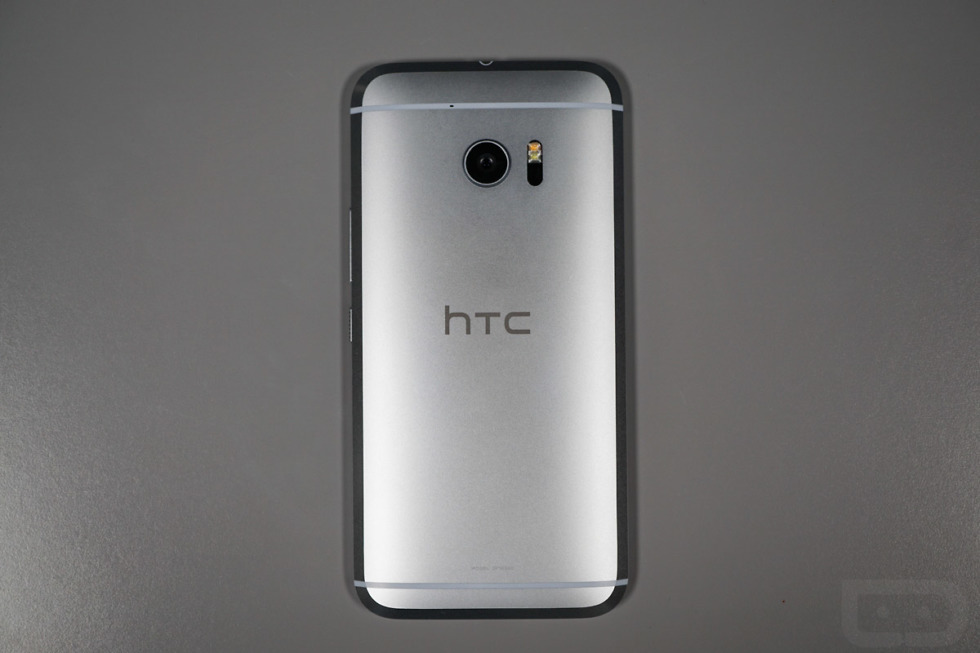Verizon Wireless isn't going to unlock the bootloader either. The SIM unlock however should be taken care of. I'm most definitely NOT a VZW employee. Unlocking the bootloader on a VERIZON phone really is that easy. It should go without saying, but once you get your device unlocked, do NOT take any more software updates. If Verizon finds out about this, they might release a patch that fixes this and relocks everything. For example, the Verizon-branded Google Pixel and Google Pixel XL have been bootloader-locked almost since day one (there was a brief time where they could be unlocked, but the exploit was quickly.
- Verizon Pixel 2 users can possibly unlock the bootloader, as reported by XDA. If you own the device, then you can follow this guide to unlock bootloader on Verizon Google Pixel 2. We have covered the full process step-by-step to help you unlock the bootloader using a simple Fastboot command.
- I am requesting that the bootloader, oem unlock toggle, and fastboot be re enabled. Look i paid good money for my cellphone, only to find that yes, it voids the warrenty, trips knox, and makes some programs unsuable, ok cool. The excuse you gave me for not wanting to unlock my bootloader was that i did not own the software on the phone, just the hardware it's self. Ok i can deal with that.
The reasons and methods for unlocking bootloaders
If you don’t care for a carrier’s handholding, you might be able to unlock your device to have some fun. Unlocking the bootloader on a phone can offer you tangible benefits like plentiful custom ROMs that can take a sad, outdated device and make it usable again. A device with an unlocked bootloader never need be held hostage by poorly designed software filled with crapware.
Verizon Phones Unlocked Bootloader Phone

The Google Nexus phones are some of the most modder-friendly devices on the market. These phones, like the current Galaxy Nexus, ship with a locked bootloader, but no encryption. With a fastboot file and the Android SDK, users can simply use the “fastboot oem unlock” command, and the phone is ready for modding. Nexus phones support bootloader unlocking in a secure way — it will do a factory restore when unlocked in order to protect user data. The phone can also be re-locked if you need warranty service.
HTC phones are encrypted, but as long as you don’t mind obliterating your warranty, HTC’s developer tools can be used to unlock the bootloaders on all its encrypted devices. This is a fairly easy process, but don’t expect the carrier to help you if anything goes wrong, whether or not it’s your fault. When an HTC phone is unlocked, it stays that way.
Verizon Phones Unlocked Bootloader Reviews
Sony devices use a similar system to the one HTC owners get. You use the Sony website to get a bootloader unlock code based on your device’s IMEI serial number, then use the Android SDK to push a fastboot command to the phone and enter the code. This process is also irreversible.
Motorola took a lot of heat from the Android community after it became clear that it was implementing encrypted and locked bootloaders. This practice goes all the way back to the Canadian Motorola Milestone (the original Droid in the US) in 2010. After saying in early 2011 that an unlock solution was coming for developers, we’re still waiting. With the locked bootloaders on Motorola phones, users are severely limited in what can be modified on the phone.
Most users probably won’t ever think to unlock their phone bootloaders or install a custom ROM, and that’s fine. Modding isn’t for everyone, and there should be some safeguards to keep novice users from getting in too deep, too fast. Samsung’s Galaxy S II phones don’t actually implement bootloader locking at all, which might be problematic in some situations. Meanwhile, Motorola doesn’t even have an unlock solution for its encrypted bootloaders. The best course of action is probably the middle ground system at work in the Nexus phones; a safe and secure method for accessing the bootloader.
Verizon Phones Unlocked Bootloader Download
Read more at DroidLife
Verizon Phones With Unlocked Bootloaders
- 2 of 2